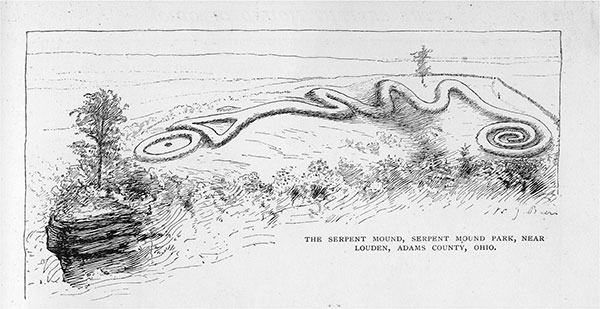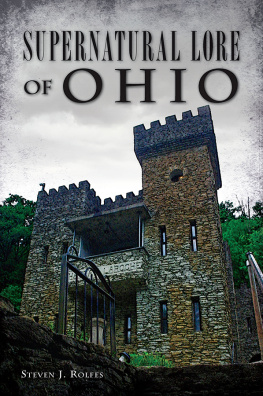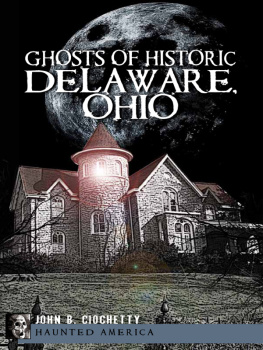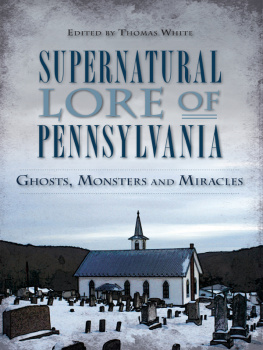

Published by The History Press
Charleston, SC
www.historypress.com
Copyright 2020 by Steven J. Rolfes
All rights reserved
First published 2020
e-book edition 2020
ISBN 978.1.43967.128.3
Library of Congress Control Number: 2020938674
print edition ISBN 978.1.46714.414.8
Notice: The information in this book is true and complete to the best of our knowledge. It is offered without guarantee on the part of the author or The History Press. The author and The History Press disclaim all liability in connection with the use of this book.
All rights reserved. No part of this book may be reproduced or transmitted in any form whatsoever without prior written permission from the publisher except in the case of brief quotations embodied in critical articles and reviews.
To Terri, Selena, Jordan and the memory of James
CONTENTS
ACKNOWLEDGEMENTS
I would like to thank my very patient editor, John Rodrigue, as well as Hayley Behal and Diane Mallstrom and all of the great people at the Public Library of Cincinnati and Hamilton County, Jordan Rolfes of Beagle Rampant Productions for his photography, technical and editing support, Selena Rolfes for her photography and Terri Rolfes for her technical support. A very special-thank you to Douglas R. Weise for driving me all over Ohio to take pictures of strange and weird places and Ron Hill of the Clermont County Historical Society and Sandra DeVise with the Cincinnati History Library and Archives of the Cincinnati Historical Society for her assistance with the research on A Sermon on Witchcraft. I also thank the good Lord for keeping all things in the natural and supernatural realms in harmony.
INTRODUCTION
THE GREAT SERPENT MOUND
Which when the Lord God heard, without delay
To Judgement he proceeded on th accusd
Serpent though brute, unable to transferre [sic]
The Guilt on him who made him instrument
Of mischief, and polluted from the end
Of his Creation
John Milton, Paradise Lost
Leaving the wagon, we scrambled up the steep hillside, and pushing on through bush and briar were soon following the folds of the great serpent along the hilltop. The most singular sensation of awe and admiration overwhelmed me at this sudden realization of my long-cherished desire, for here before me was the mysterious work of an unknown people, whose seemingly most sacred place we had invaded.
F.W. Putnam
Welcome to the strangest place in Ohio.
The world is full of ancient sites of forgotten spiritual powersacred places where the natural and the supernatural overlap. Some may be surprised to know that one of the most mysterious enigmas left to us from ancient people is located in Adams County in central Ohiothat perplexing earthen monument known as the Great Serpent Mound.
To add to the mystery, this location is apparently not random. Sometime in the late Carboniferous or early Permian epochs, about 300 million years ago, a meteor slammed into the earth at the exact spot that would later house the monument.
Seeing the mound from the ground is rather unimpressive, as it only rises to 3 feet. However, after climbing the observation tower and seeing it from above, one discerns the figure of a gigantic snake that is 1,348 feet long. The tail is coiled into a spiral, much like the designs seen on some megalithic stones in Great Britain. The other end, the head, is a massive triangle, apparently representing the serpent opening its mouth to swallow something. This intended feast is an egg-shaped earthwork located just outside of the snakes mouth.
Among those who have wondered at the meaning of this megalith was Frederic Ward Putnam, the curator of Harvards Peabody Museum of Archaeology and Ethnology. Looking to the religious symbolism of the serpent, he wrote, Was this a symbol of the old serpent faith, here on the western continent, which from the earliest time in the religions of the East held so many people enthralled, and formed so important a factor in the development of succeeding religions?
To compound the mystery, Putnam noted that the Great Serpent Mound is not entirely unique. There is another similar prehistoric earthwork of a long serpent, but it is rather doubtful that there was ever any contact between the other builders, as the other snake is located in Argylleshire, Scotland.
While the two groups of ancient people did not communicate with each other across an ocean, there is little doubt that their versions of the same monument served a practical and spiritual function. Both serpents heads point west, and the tails end in the same baffling spiral. Following the greatest mass of the body would allow one to calculate the time of the various solstices. The head of the serpent marks the sunset at the summer solstice, while the end of the spiraling tail marks the rising of the sun at the winter solstice.
Aside from being a calendar, it has been hypothesized that the monument also serves as a compass. The shape of the snake has been connected with the constellation Draco. The bright star in this group, Alpha Draconis, more commonly Thuban, was employed in ancient times as the North Star.
While it was undoubtedly a temple, a calendar and possibly a compass, one thing that the great serpent was not was a burial place. There are countless Indian burial mounds located throughout Ohio, but excavation work at the site has not revealed any burials.

A sketch of the Great Serpent Mound in Adams County. From the collection of the Public Library of Cincinnati and Hamilton County.
The mysteries are endless. Even the most basic question remains unanswered: who built this mysterious effigy mound? This fundamental issue is a source of contentious debate. As there are no skeletons or artifacts to guide investigators, the matter must be answered by other means. Some archaeologists have evidence to prove that the architects were from the Adena culture (800 BCAD 100). Other scientists have equally strong proof that the builders were from the more recent Fort Ancient culture (AD 10001650). If one visits the mound on a day when there are two groups of scientists working at the same time, bewareat any moment, they might start throwing rocks at each other, defending their particular theories.
The bigger question remains unanswered: why was this monument constructed? Why a serpent?
Theories of the purpose abound. Reverend Edmund Landon West was convinced that this spot in central Ohio was the actual location of the Garden of Eden. In 1909, the preacher stated that there was no doubt that this was a representation of the Genesis serpent in the Garden of Eden, which was located at this exact spot. The oval shape by the mouth, he postulated, was the forbidden fruit. To back up this unique interpretation, he turned to scripture: By his spirit he hath garnished the heavens; his hand hath formed the crooked serpent.
The good reverend seemed to have forgotten that Eve ate the fruit and then gave it to Adam, who, in Eves defense, was right next to her and did absolutely nothing to stop her. There is no mention of the serpent eating the fruit.

Next page











